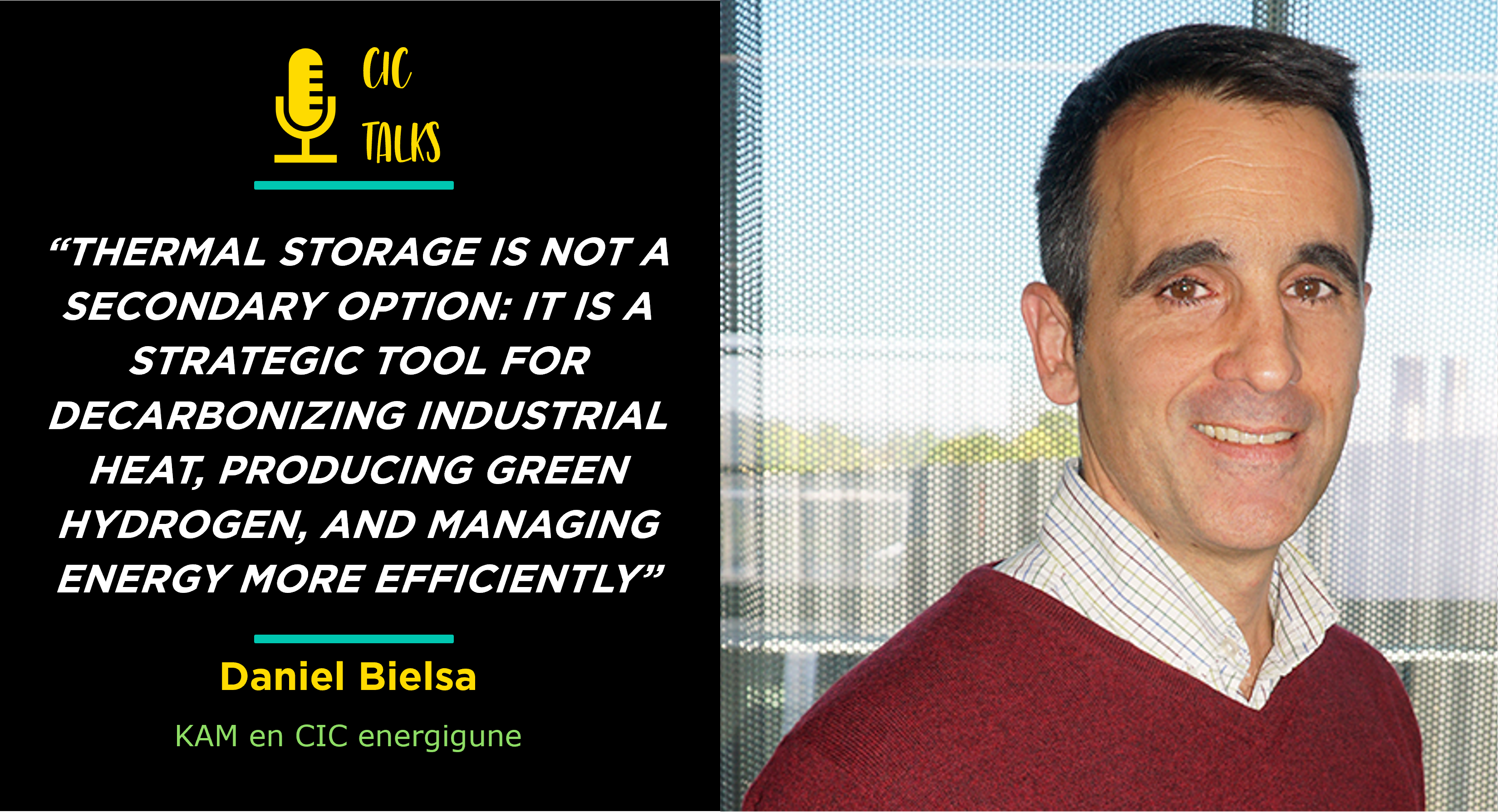

1. Why is thermal storage becoming a central pillar in the energy transition?
Thermal storage is essential because heat represents half of global energy consumption and still largely depends on fossil fuels. Having technologies that allow us to store and manage energy in the form of heat gives us the opportunity to electrify industrial processes, make better use of renewables, and reduce emissions in sectors that are currently hard to decarbonize. Today, there are already commercial solutions capable of storing large amounts of heat at high temperature ranges, very efficiently, and they are neither costly nor bulky.
2. One of the key lines is the development of ETES to decarbonize industrial heat. What role can they play in this process?
ETES (Electrothermal Energy Storage) systems convert renewable electricity into heat in a controlled way and store it for delivery on demand. This technology is very promising because it enables the replacement of gas-fired boilers and furnaces in industries such as chemicals, steel, and cement. Moreover, they offer flexibility: they can absorb cheap electricity during times of renewable surplus and return it as heat when needed. The short-term technological challenges are related to the need to reduce CAPEX, since in many markets the price of electricity is higher than that of fossil fuels. However, the biggest challenge is at the global regulatory level, where ETES must be recognized as a strategic asset for the energy transition, receiving the necessary regulatory support and activating mechanisms that facilitate their integration.
3. CIC energiGUNE is also researching thermochemical cycles to produce green hydrogen. What advantages do they offer compared to other pathways?
The thermochemical water-splitting reaction allows us to generate hydrogen using concentrated solar heat or industrial waste heat instead of electricity. This opens the possibility of producing renewable hydrogen at low cost, without overloading the electrical grid. It is still a developing technology, but with great potential, because it combines efficiency with natural integration into industrial processes that already operate at high temperatures. In the long run, it could become one of the most competitive routes for large-scale green hydrogen production.
4. Moving to another axis, what do flexible PCMs contribute to thermal management?
Phase change materials (PCMs) are very useful because they store and release heat at nearly constant temperatures, making them ideal for thermal management applications, where it is important to keep devices within a limited temperature range—such as food, batteries, or mobile phones. Innovation now lies in developing more flexible and adaptable PCMs that can be integrated into different configurations and meet the demands of sectors such as food, pharmaceuticals, or even electronics. These solutions pave the way for compact, lightweight storage with much more versatile integration.
5. How does all this connect with CIC energiGUNE’s mission?
At CIC energiGUNE, we work to cover the entire value chain of thermal storage, from fundamental research in materials to transfer to the industrial sector. Our role is to identify technologies with real potential, mature them in collaboration with companies, and accelerate their arrival to the market. With ETES, PCMs, and thermochemical cycles, we are addressing three pillars that we believe will be key to the energy transition: decarbonizing heat, producing low-cost renewable hydrogen, and managing thermal energy more efficiently.
6. What barriers still need to be overcome for these technologies to consolidate?
Each has its own challenges: for ETES, it’s cost and regulatory support; for thermochemical cycles, material stability and scaling; and for PCMs, expanding the temperature range and improving durability. But the most important factor is building market confidence: proving that they work reliably, are competitive, and can be integrated into real processes. That is the leap we are driving from the center.
7. What message would you give to industry about thermal storage and its role in the energy future?
That they should not see it as a secondary option, but as a strategic tool. Thermal storage offers short-, medium-, and long-term solutions to reduce emissions, lower costs, and provide flexibility to production processes. In a context where energy will be increasingly renewable and decentralized, having technologies that intelligently manage and harness heat will make the difference.
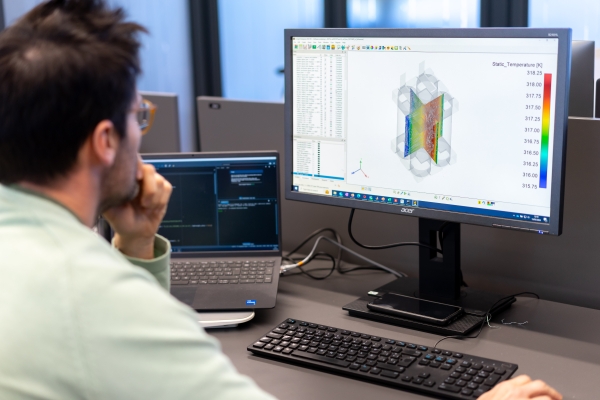
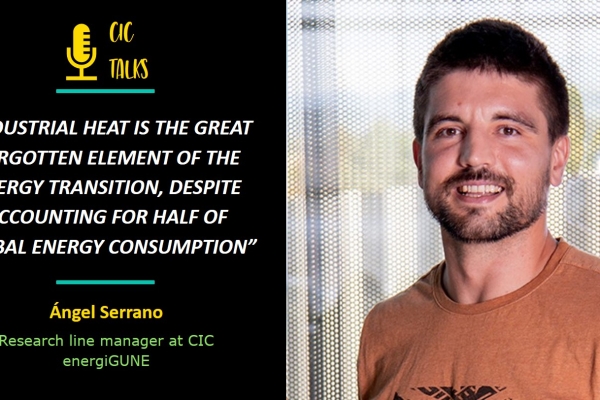

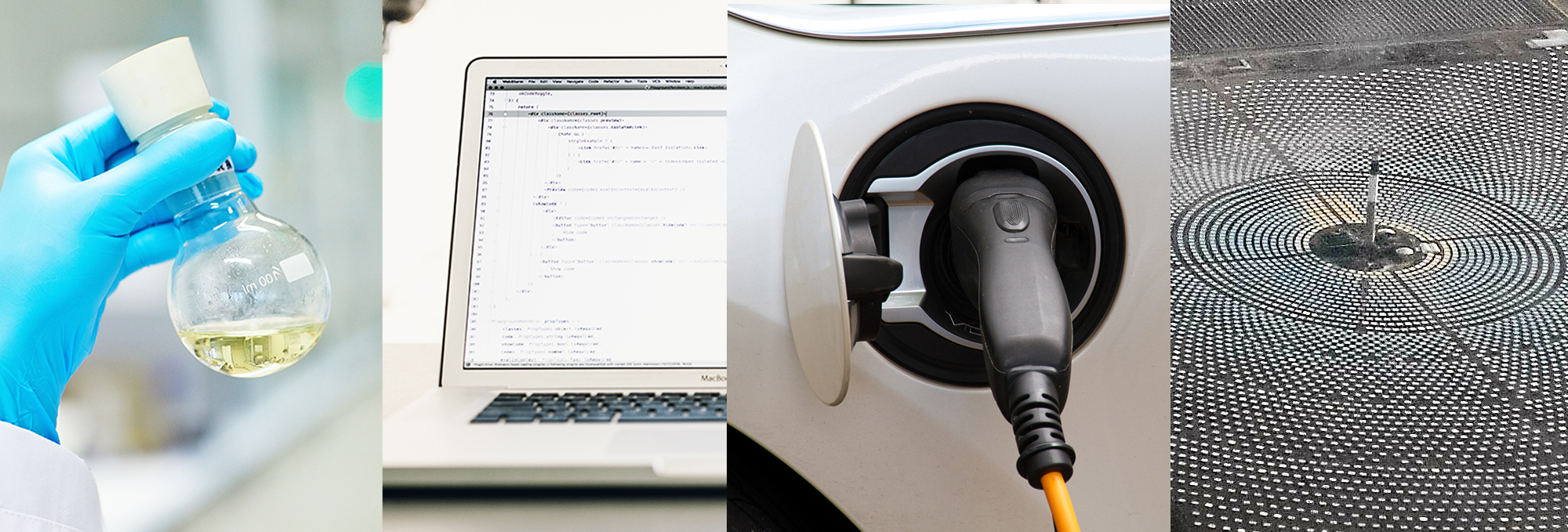
If you want to know the latest trends in energy storage and new developments in research, subscribe.
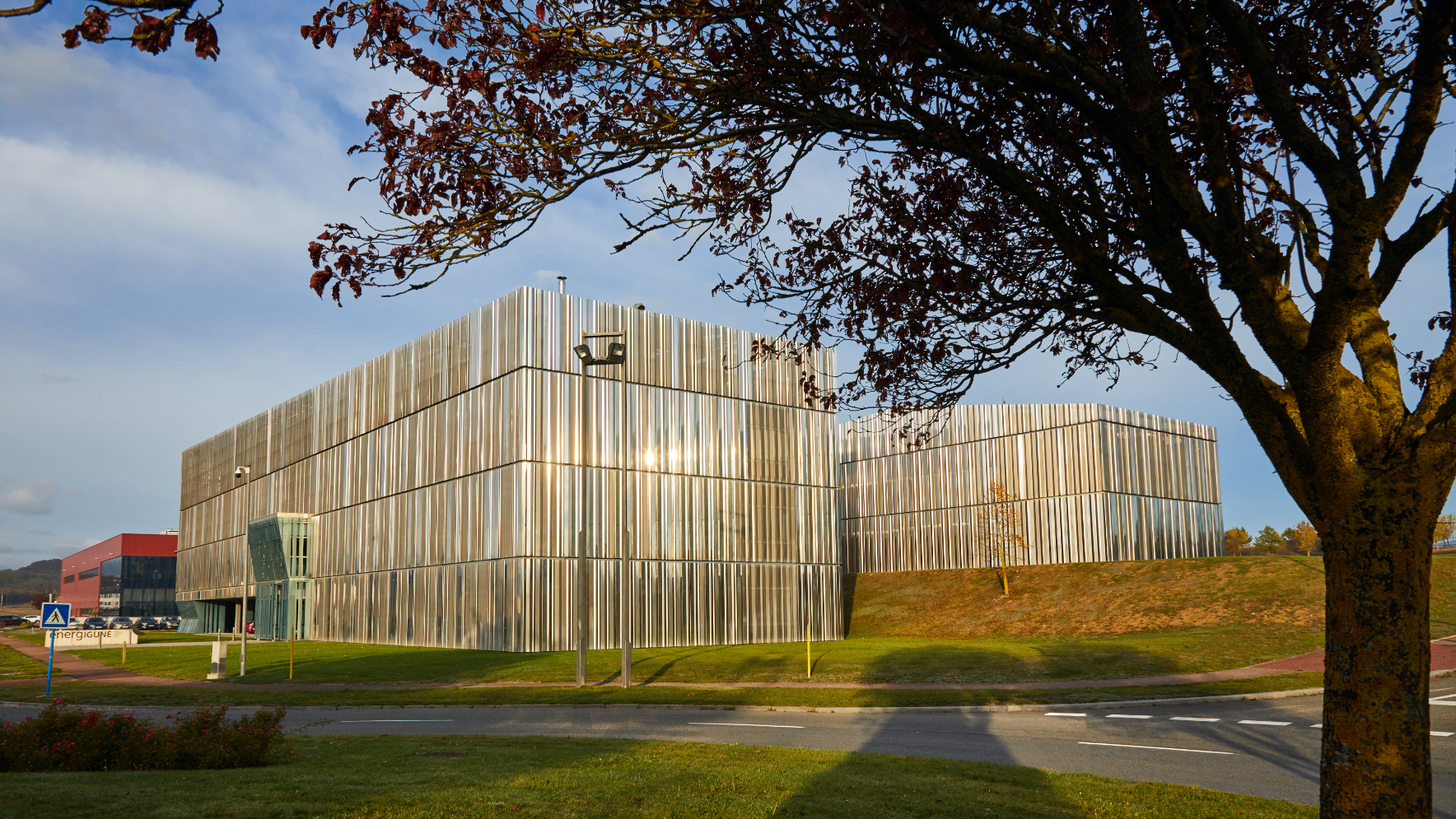
If you want to join a top-level team, collaborate with specialists in multiple disciplines or tell us about your concerns, don't think twice...